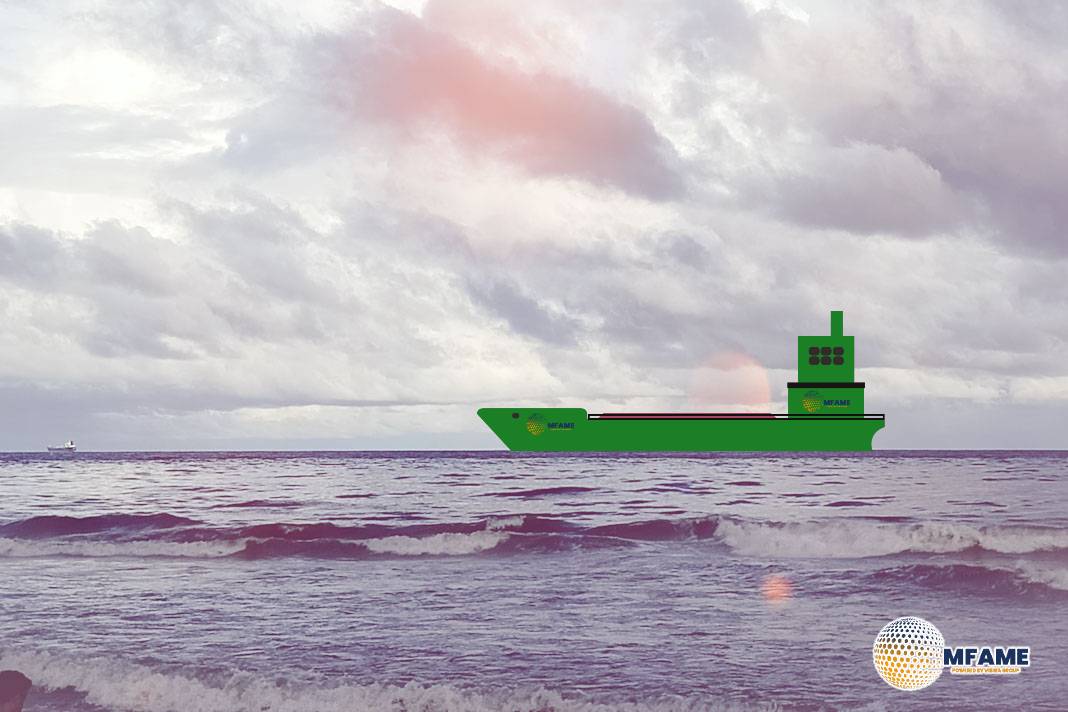- Verified Slip Factors Open Compliance Savings for LNG-Fuelled Fleets.
- FuelEU Maritime to Enforce GHG Intensity Cuts from 2025.
- Methane Slip Reporting Extends to EU MRV and ETS by 2026.
The EU has rolled out a new guideline aimed at verifying the actual methane slip emissions from marine diesel engines. These verified methane slip factors are set to be utilised for the 2025 FuelEU Maritime reporting year, giving ship operators a valuable opportunity to refine their compliance calculations, reduce penalties, and boost the economic performance of LNG-fueled vessels, reports DNV.
FuelEU Maritime Requirements
FuelEU Maritime is designed to lower greenhouse gas (GHG) intensity in shipping by promoting the use of renewable and low-carbon fuels. This regulation applies to ships over 5,000 gross tons (GT) that dock at EU ports and addresses emissions of CO₂, methane, and nitrous oxide on a well-to-wake basis. The first reporting period kicks off in 2025, with methane slip being included due to its significant global warming potential—25 times that of CO₂. Methane slip will also need to be reported under the EU’s Monitoring, Reporting, and Verification (MRV) system, and starting in 2026, it will be part of the EU Emissions Trading System (ETS), which means shipping companies will have to surrender allowances for methane and nitrous oxide in addition to CO₂.
Why Reducing Methane Slip Matters
Current methane slip factors only account for the type of engine combustion. However, advancements in engine technology have led to significant reductions in methane slip. For example, slow-speed LNG Otto engines can achieve a slip rate of just 0.7%, compared to the standard 1.7%. Even minor improvements can lead to substantial compliance benefits. Over the next decade, utilising verified methane slip values could save a 24,000 TEU container ship more than EUR 1 million annually.
How to Apply Actual Methane Slip Factors
To implement actual emission factors for FuelEU Maritime and the EU MRV/ETS, the European Commission has released a guideline that aligns with IMO MEPC.402(83). This framework includes:
- Spot measurements of methane slip
- Necessary reporting and verification procedures
Additionally, the EU guideline mandates:
- Continuous monitoring of engine load
- Recording load averages at 30-minute intervals
- Interpolating methane slip values using established emission curves
These steps are crucial for accurately determining real-world methane slip performance, ensuring compliance.
Did you subscribe to our daily Newsletter?
It’s Free Click here to Subscribe!
Source: DNV
























